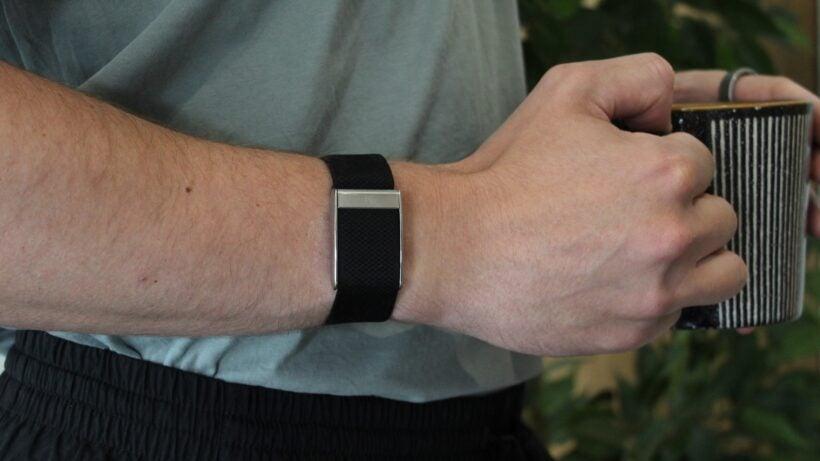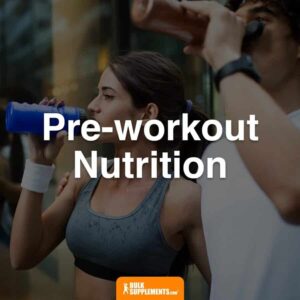in a world where health and wellness trends constantly evolve, the pursuit of optimal fitness has taken center stage. Among the myriad of tools designed to quantify and enhance our well-being, the WHOOP 5.0 strap has emerged as a compelling contender. With its sleek design and promise of complete health metrics, I embarked on a 90-day journey to uncover the depths of its potential. What insights would this complex wristband reveal about my body’s performance, recovery, and overall health? In this article, I will share a complete analysis of my experience with the WHOOP 5.0 strap, delving into the data it provided and the impact it had on my daily life. From sleep patterns to strain levels, prepare to explore the intricate dance between technology and wellness through three months of dedicated monitoring.Join me as we uncover the nuances of health tracking and what it truly means to wear your health on your wrist.
Exploring the comprehensive health Insights from WHOOP 5.0
Over the course of 9 days, wearing the WHOOP 5. strap unveiled a treasure trove of health insights that transcended traditional fitness trackers. The device meticulously monitored key physiological metrics, including heart rate variability (HRV), resting heart rate (RHR), and sleep patterns. This data was not just numbers; it provided a profound understanding of how my body responded to stress, exercise, and recovery. Users can explore their metrics through a user-friendly app that delivers insights in engaging visual formats, allowing for an easy interpretation of trends and anomalies. Notably, I discovered that my HRV peaked on rest days, indicating that my body was recovering optimally—an insight that would enhance my training regimen.
Moreover, the WHOOP 5. generated insightful data visualizations that simplified complex metrics into actionable items. Below are highlights and a breakdown of the average metrics observed during the 9-day period:
| Metric | Average Outcome | Ideal Range |
|---|---|---|
| Heart Rate Variability (HRV) | 75 ms | 6 – 1 ms |
| Resting Heart Rate (RHR) | 58 bpm | 6 – 8 bpm |
| Sleep Duration | 7.5 hours | 7 – 9 hours |
By identifying specific patterns, I learned to optimize my sleep hygiene, ensuring I maximized recovery on non-training days. The ability to track strain levels throughout workouts also encouraged a more balanced approach to fitness, pushing me on days I felt energized while easing back when recovery needed priority.these comprehensive metrics allowed me to draw correlations between lifestyle choices and performance outcomes, leading to a more informed health journey.

understanding Recovery and Sleep Patterns Through Continuous Monitoring
throughout my 90-day journey with the WHOOP 5.0 strap, I gained invaluable insights into my recovery and sleep patterns, leveraging continuous physiological monitoring. Utilizing metrics such as heart rate variability (HRV), resting heart rate (RHR), and sleep stages, I could determine how my body responded to various stressors—both physical and mental. The strap provided real-time feedback that allowed me to make informed decisions regarding my training intensity and recovery strategies, ensuring I maintained an optimal balance for performance enhancement. Key indicators that emerged during this period included:
- Daily Recovery Score: A daily snapshot of how prepared my body was for the day ahead.
- Sleep Latency: Insights into how long it took me to fall asleep, revealing patterns around my pre-sleep habits.
- Sleep Efficiency: An understanding of the percentage of time I spent asleep versus time spent in bed.
Moving beyond just numbers, I discovered the intricate relationship between sleep quality and overall recovery. The WHOOP strap’s breakdown of REM and deep sleep stages allowed me to recognize that prioritizing restorative sleep was just as crucial as any workout regimen. On days when my activity levels where high, I noted a stark correlation between lower sleep duration and increased RHR. This data led me to adjust my lifestyle, prioritizing a winding-down routine that included minimizing screen time and practicing relaxation techniques before bed. my findings can be encapsulated in the following table:
| Key Metric | Week 1 | Week 12 |
|---|---|---|
| Average Sleep Duration | 6.5 hours | 7.5 hours |
| Recovery Score | 60/100 | 80/100 |
| Average HRV | 45 ms | 58 ms |

Analyzing daily Activity Levels and Their Impact on Performance
The WHOOP 5.0 Strap has provided profound insights into my daily activity levels,revealing a compelling correlation between these metrics and my overall performance. By meticulously tracking my movements throughout the day,I was able to gauge not just the quantity but also the quality of my physical exertion. The analysis encompassed various activities, from light walking to intense workouts, revealing distinct trends that highlighted how my body responded to different levels of engagement. A few noteworthy findings include:
- Enhanced Recovery: Days with moderate activity frequently enough aligned with improved recovery metrics,suggesting a balanced intensity fosters better recuperation.
- Optimal Performance Windows: There were identifiable periods where my peak performance coincided with specific daily activity levels, emphasizing the importance of timing.
- Mood Correlation: Elevated daily activity positively influenced my mood and mental clarity, further reinforcing the link between physical and psychological well-being.
The data also allowed for a more granular look at the specific types of activities yielding the highest benefits. Analyzing the impact of various activity intensities, a simple yet effective overview offered clearer insights:
| Activity Type | Average Duration | Impact on Recovery |
|---|---|---|
| Light Cardio | 30 minutes | High |
| Strength Training | 45 minutes | Moderate |
| High-Intensity Interval Training (HIIT) | 20 minutes | Medium |
These statistics underscore the significance of tailored activity levels in optimizing performance. Continued analysis of daily habits revealed that maintaining a spectrum of activities not only bolstered physical capabilities but also contributed to an enriched mental state.

Actionable Strategies to Enhance Well-Being Based on WHOOP Metrics
Harnessing the data obtained from the WHOOP 5.0 strap can lead to significant improvements in well-being. By focusing on key metrics such as heart rate variability (HRV), resting heart rate (RHR), and sleep performance, you can craft a tailored approach to optimize your daily routine. Consider these strategies to enhance your well-being:
- establish a Consistent Sleep Schedule: Aim for the same sleep and wake times to regulate your internal clock, enhancing recovery and overall performance.
- Engage in Mindfulness Practices: Incorporate activities like meditation or yoga to improve HRV, which is a strong indicator of stress resilience.
- Monitor and Adjust Intensity of Workouts: Use your recovery scores to inform workout intensity. On lower recovery days, favor lighter activities, while high recovery days can be reserved for strenuous workouts.
Incorporating these actionable strategies will not only drive improvements in your metrics but will also create a holistic approach to health. To visualize your progress effectively, consider tracking changes in your key metrics over time. The following table exemplifies a simple way to monitor your weekly performance:
| Week | Avg. HRV (ms) | Avg. RHR (bpm) | Sleep Quality (%) |
|---|---|---|---|
| 1 | 60 | 58 | 85 |
| 2 | 65 | 57 | 80 |
| 3 | 62 | 56 | 90 |
| 4 | 67 | 55 | 88 |
To Wrap It Up
wearing the WHOOP 5.0 strap for 90 days has provided a comprehensive glimpse into the intricacies of my health and wellness. From sleep patterns to recovery metrics,the data has illuminated aspects of my daily routine I had never fully considered. While the technology offers a engaging window into our body’s rhythms, it also serves as a reminder of the importance of balance and listening to our own intuition.
As we navigate our personal health journeys, devices like the WHOOP can be valuable tools, but the key takeaways lie not just in the numbers, but in how we choose to respond to them. Whether you’re an athlete striving for performance or simply seeking a healthier lifestyle, the insights gleaned from the WHOOP 5.0 can empower us all to make informed decisions and foster a deeper connection with our well-being.
So, as you consider stepping into the world of biometric tracking, remember that these metrics are just part of the story. Embrace the data, but don’t forget the human experience that shapes it—after all, it’s not just about how we measure health, but how we choose to live it. thank you for joining me on this journey, and here’s to continued exploration and understanding of our own unique health narratives.






